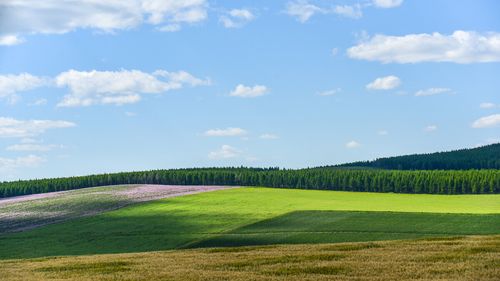Leopards are intriguing and fascinating creatures that tend to captivate the human imagination. These big cats are agile, powerful, and versatile hunters that have evolved to survive in diverse habitats, ranging from deserts and grasslands to forests and mountains. In this blog post, we will explore all you need to know about leopards, including their anatomy, behavior, habitat, and conservation efforts.
Anatomy
Leopards are muscular and stealthy predators with a distinctive spotted coat that serves as camouflage. Their fur pattern varies depending on the subspecies and geographic location, but typically consists of black or brown rosettes that are arranged in a circular pattern. The background color of the fur can also range from pale yellow to golden orange or dark brown.
Leopards have a relatively broad head with powerful jaws that can exert up to 300 pounds of pressure per square inch. This allows them to kill prey as large as antelopes and wildebeests by crushing their skull or breaking their neck. They also have large ears that are used to detect sounds from far away and acute vision that allows them to see in low-light conditions.
Behavior
Leopards are solitary and territorial animals that are active primarily at dusk and dawn, but may also hunt at night or during the day. They are opportunistic hunters that can take down a variety of prey, including ungulates, rodents, reptiles, and birds.
Leopards are renowned for their ability to climb trees and drag large carcasses up into the branches for safekeeping. They also hide their kills in dense vegetation or caves to avoid competition from other predators or scavengers. Leopards are known to be adaptable and flexible in their hunting strategies, using stealth, speed, and ambush to catch their prey.
Habitat
Leopards are found in a wide range of habitats across Africa and Asia, from the arid savannahs of sub-Saharan Africa to the tropical rainforests of Southeast Asia. They are also found in mountainous terrain, such as the Himalayas, where they can climb steep slopes and navigate rocky terrain with ease.
Conservation
Leopards are listed as a vulnerable species by the International Union for Conservation of Nature (IUCN) due to habitat loss, fragmentation, and poaching. Their fur and body parts are highly valued in some cultures for their supposed medicinal or ritualistic properties, and their habitat is often destroyed for logging, agriculture, or urban development.
To address these threats, various conservation organizations have launched initiatives to protect leopard populations and their habitat. One such example is the African Wildlife Foundation, which works with local communities to promote sustainable land use practices and reduce human-wildlife conflict.
Conclusion
Leopards are magnificent creatures that have captivated humans for centuries. Their agility, power, and adaptability make them one of the most successful predators on the planet. However, their survival is threatened by habitat loss and poaching, making conservation efforts critical for their future. By learning about leopards and supporting conservation initiatives, we can help ensure that these creatures continue to thrive in the wild for generations to come.
(Note: Do you have knowledge or insights to share? Unlock new opportunities and expand your reach by joining our authors team. Click Registration to join us and share your expertise with our readers.)
Speech tips:
Please note that any statements involving politics will not be approved.
